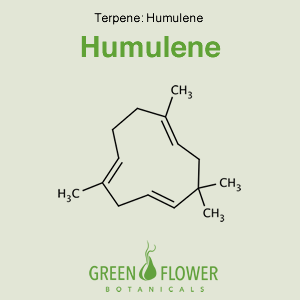
Humulene – Terpene
Description:
EFFECTS: Anti-bacterial, Anti-cancer, Anti-inflammatory.
Strains containing Humulene include: ACDC, Durban Poison, Granddaddy Purple, OG Kush, and Trainwreck.
Humulene is one of the main terpenes in hops, from where it derives its name. Humulene is also called alpha-caryophyllene. Like beta-caryophyllene, humulene is a cannabinoid and sesquiterpene, although it does not contain a cyclobutane ring. Humulene is a powerful anti-inflammatory and an anti-pain compound. It also has anti-cancer properties. Humulene is unique because, like THCv, it acts as an appetite suppressant, showing promise for weight loss treatments.
⇩ View A – Z Index of Terpenes ⇩
Effects
Anti-bacterial
Anti-cancer
Anti-inflammatory
Research
Antibacterial
The antibacterial activity of basal fir oil (Abies balsamea) seen to be effective with Staphylococcus aureus. At 2.6 microg/mL, humulene was shown to have a minimum inhibitory concentration, the most potent of all the terpenes evaluated in the study.
Pichette A. Composition and antibacterial activity of Abies balsamea essential oil.
Phytother Res. 2006 May;20(5):371-3.
Anti-inflammatory
Humulene was shown to be a good anti-inflammatory across a wide range of inflammatory markers. Its effects were comparable to dexamethasone in rat and mouse models. Humulene has been shown to have rapid onset and relatively good absorption with both oral and topical administration routes. In airway allergic inflammatory routes, humulene was shown to be effective orally or through aerosol.
Chaves JS. Pharmacokinetics and tissue distribution of the sesquiterpene alpha-humulene in mice. Planta Med. 2008 Nov;74(14):1678-83.
Fernandes ES. Anti-inflammatory effects of compounds alpha-humulene and (-)-trans-caryophyllene isolated from the essential oil of Cordia verbenacea.
Eur J Pharmacol. 2007 Aug 27;569(3):228-36. Epub 2007 May 22.
Alexandre P Rogerio. Preventive and therapeutic anti-inflammatory properties of the sesquiterpene α-humulene in experimental airways allergic inflammation.
Br J Pharmacol. 2009 Oct; 158(4): 1074–1087.
Anti-cancer
Humulene was elucidated to be potent against several solid tumor cell lines. The molecular mechanism involves producing reactive oxygen species, or free radicals, and depleting natural antioxidants in the cells. Humulene was also shown to work synergistically with beta-caryophyllene in delivering the molecule to cancer cells, thus increasing the cytotoxicity of humulene on several cancer cell lines.
Legault J. Antitumor activity of balsam fir oil: production of reactive oxygen species induced by alpha-humulene as possible mechanism of action.
Planta Med. 2003 May;69(5):402-7.
Legault J. Potentiating effect of beta-caryophyllene on anticancer activity of alpha-humulene, isocaryophyllene and paclitaxel.
J Pharm Pharmacol. 2007 Dec;59(12):1643-7.
Tundis R. In vitro cytotoxic effects of Senecio stabianus Lacaita (Asteraceae) on human cancer cell lines.
Nat Prod Res. 2009;23(18):1707-18.
CBD Oils Containing Humulene
- Sale!
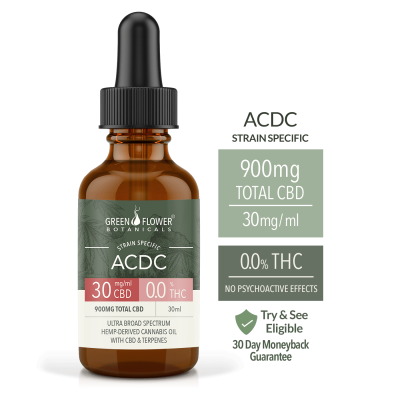
ACDC Strain 900mg CBD – 30mg/ml -Hemp Derived Cannabis Oil – 30ml
Original price was: $55.95.$41.96Current price is: $41.96. Learn MoreRead more - Sale!
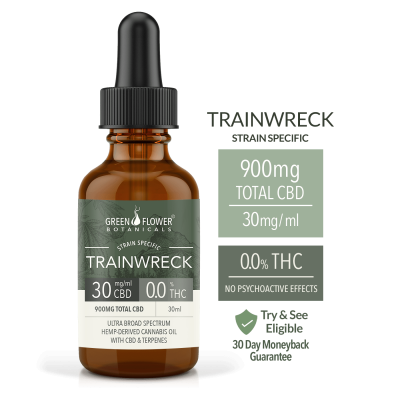
TRAINWRECK Strain 900mg CBD – 30mg/ml – Hemp Derived Cannabis Oil – 30ml
Original price was: $55.95.$41.96Current price is: $41.96. Learn MoreAdd to cart -
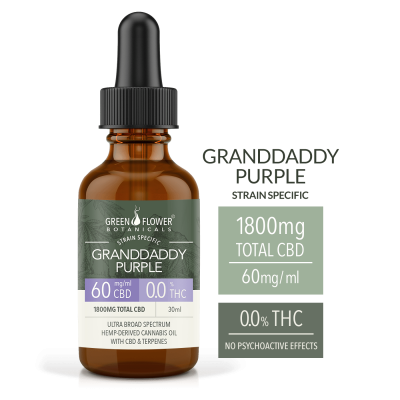
GRANDDADDY PURPLE Strain 1800mg CBD – 60mg/ml – Hemp Derived Cannabis Oil – 30ml
$95.95 Learn MoreRead more - Sale!

GRANDDADDY PURPLE Strain 900mg CBD – 30mg/ml – Hemp Derived Cannabis Oil – 30ml
Original price was: $55.95.$41.96Current price is: $41.96. Learn MoreRead more
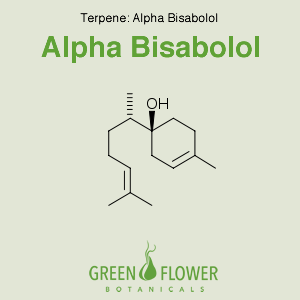
Alpha Bisabolol
EFFECTS: Analgesic, Anti-cancer, Anti-inflammatory, Antifibrosis, Antifungal, Antocoagulant, Drug Potentiator.
Learn about Alpha Bisabolol »
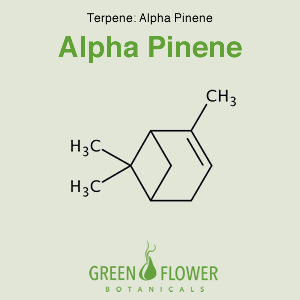
Alpha Pinene
EFFECTS: Anti-bacterial, Anti-cancer, Anti-inflammatory, Bronchodilator, Memory Enhancer.
Learn about Alpha Pinene »
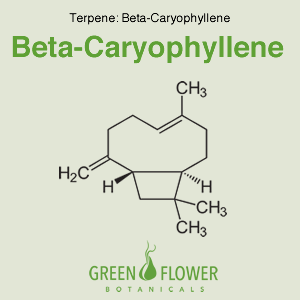
Beta Caryophyllene
EFFECTS: Analgesic, Anti-inflammatory, Antioxidant, Gastric-protective.
Learn about Beta Caryophyllene »
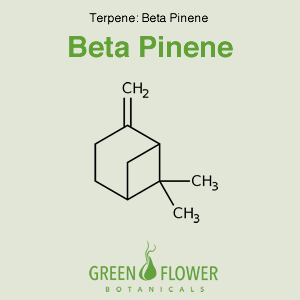
Beta Pinene
EFFECTS: Expectorant, Bronchodilator, Anti-inflammatory, Antiseptic.
Learn about Beta Pinene »
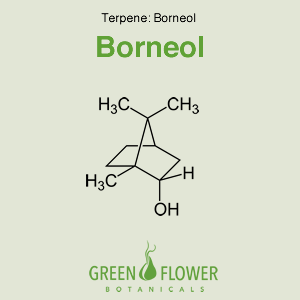
Borneol
EFFECTS: Analgesic, Anti-cancer, Anti-inflammatory, Antifibrosis, Antifungal, Antocoagulant, Drug Potentiator.
Learn about Borneol »
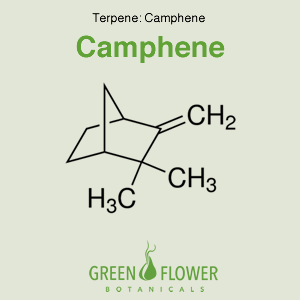
Camphene
EFFECTS: Hypolipidemic, Anti-bacterial, Antifungal.
Learn about Camphene »
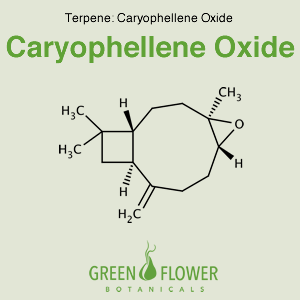
Caryophyllene Oxide
EFFECTS: Antifungal, Antocoagulant.
Learn about Caryophyllene Oxide »
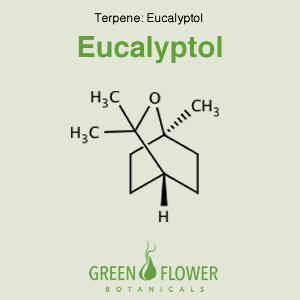
Eucalyptol
EFFECTS: Anti-Alzheimer's, Anti-Asthma, Anti-bacterial, Anti-cancer, Anti-inflammatory, Antioxidant.
Learn about Eucalyptol »
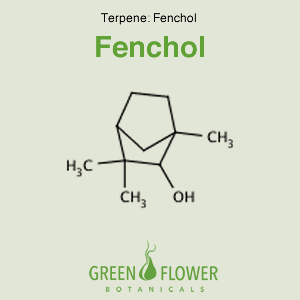
Fenchol
EFFECTS: Antioxidant, Antimicrobial, Antifungal.
Learn about Fenchol »

Humulene
EFFECTS: Anti-bacterial, Anti-cancer, Anti-inflammatory.
Learn about Humulene »
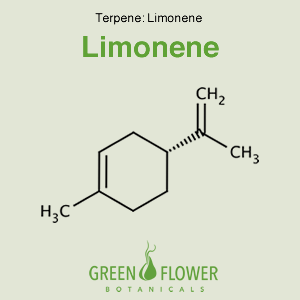
Limonene
EFFECTS: Anti-anxiety, Anti-cancer, Anti-inflammatory, Antidepressant.
Learn about Limonene »
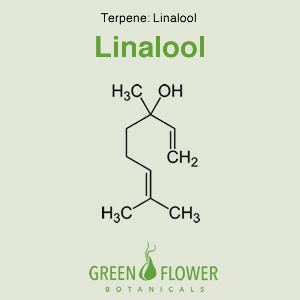
Linalool
EFFECTS: Analgesic, Anti-anxiety, Anti-inflammatory, Anticonvulsant, Sedative.
Learn about Linalool »
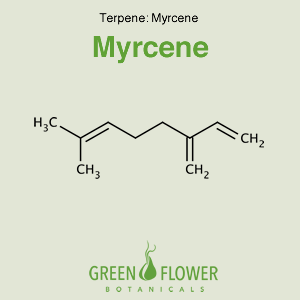
Myrcene
EFFECTS: Analgesic, Antioxidant, Sedative.
Learn about Myrcene »
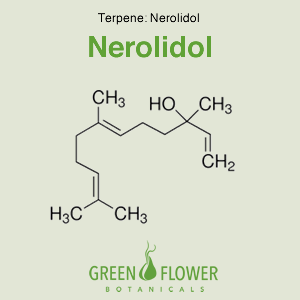
Nerolidol
EFFECTS: Antiprotozoan, Topical Drug Enhancer.
Learn about Nerolidol »
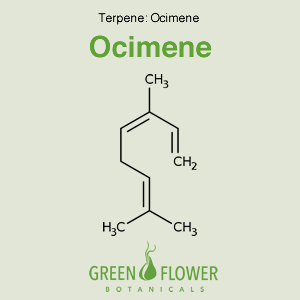
Ocimene
EFFECTS: Anti-inflammatory, Antifungal, Antiviral.
Learn about Ocimene »
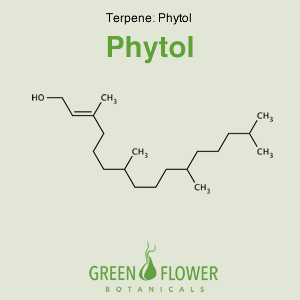
Phytol
EFFECTS: Antischistosomal, Anti-cancer, Hypolipidemic, Antidiabetic.
Learn about Phytol »
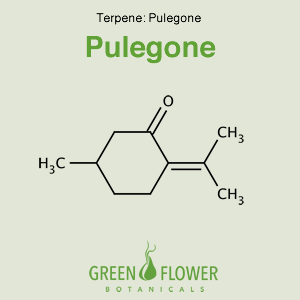
Pulegone
EFFECTS: Expectorant.
Learn about Pulegone »
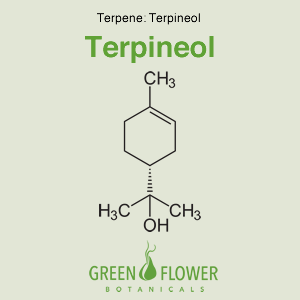
Terpineol
EFFECTS: Antibacterial, Antioxidant, Anti-cancer, Sedative, Anti-inflammatory.
Learn about Terpineol »
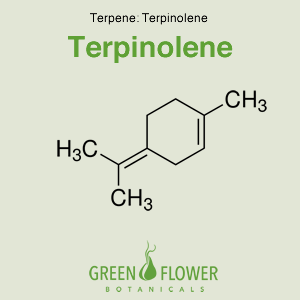
Terpinolene
EFFECTS: Anti-bacterial, Anti-cancer, Antioxidant, Sedative.
Learn about Terpinolene »
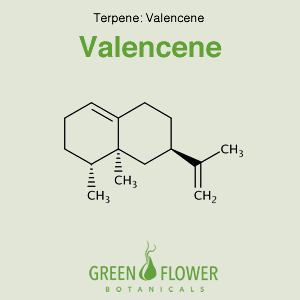
Valencene
EFFECTS: Anti-inflammatory.
Learn about Valencene »
